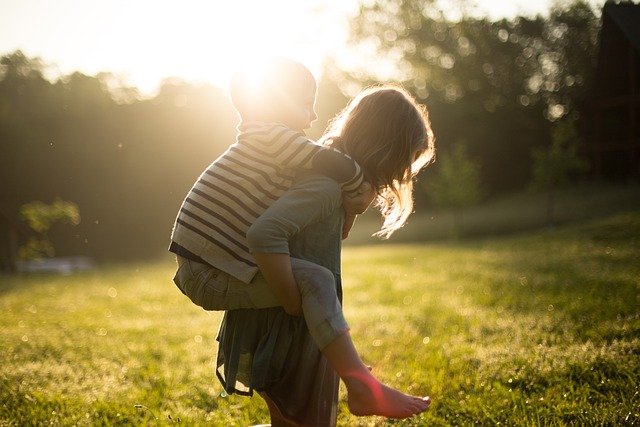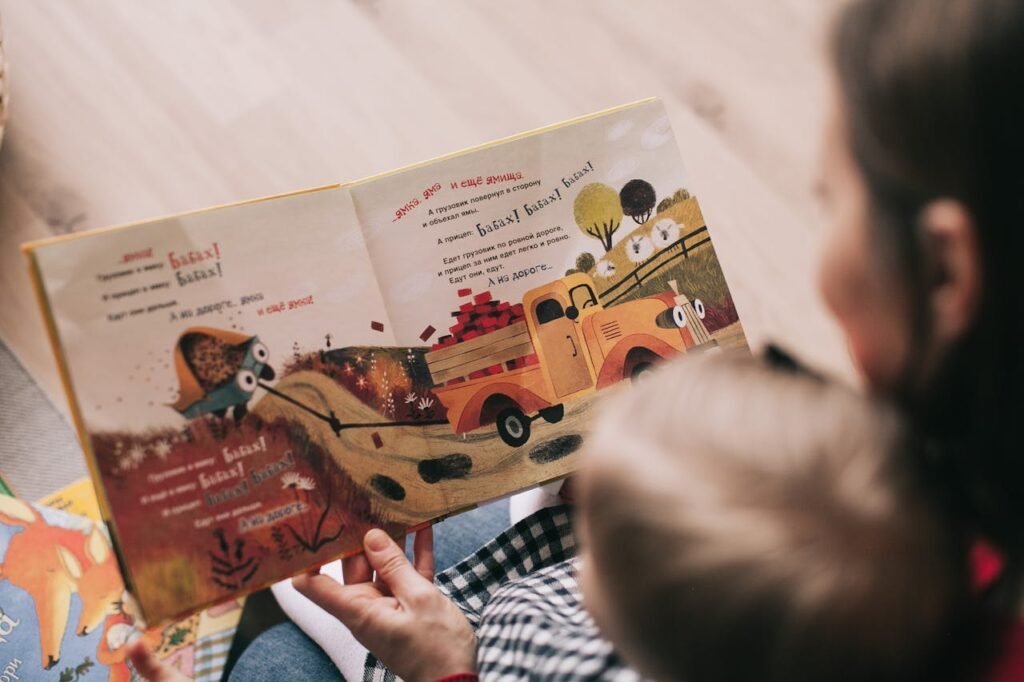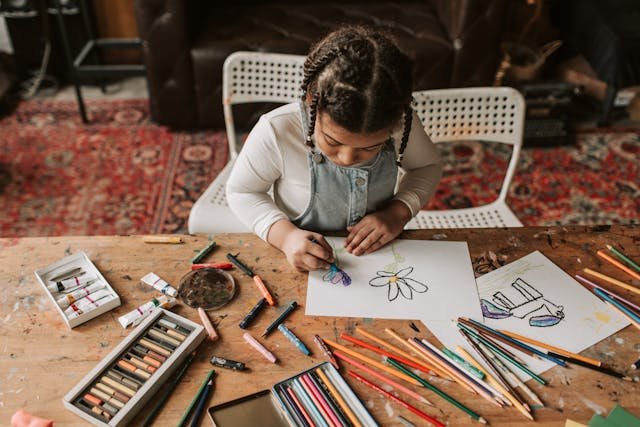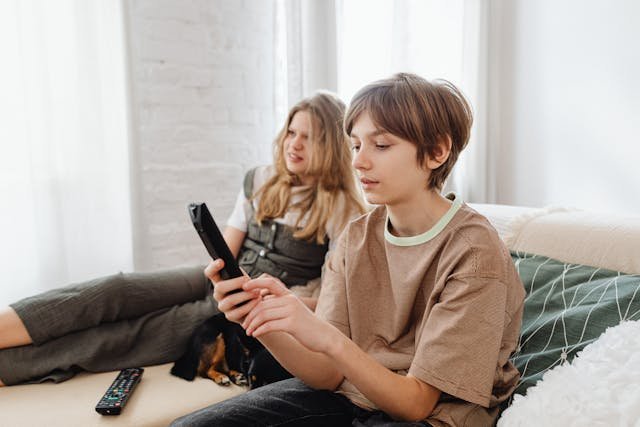Children’s media plays a powerful role in shaping how young minds understand the world. From an early age, kids absorb messages about kindness, diversity, and inclusion—not just through lessons in school, but through the shows they watch. When disability is accurately represented in kids’ entertainment, it helps create a more accepting and inclusive society.
For too long, characters with disabilities have been missing from mainstream children’s programming. However, times are changing. More animated series and kids’ shows now include characters with prosthetics, wheelchairs, hearing aids, and neurodivergent traits. This shift isn’t just about representation—it’s about changing attitudes from the ground up.
Children who grow up seeing disability as a normal part of life are more likely to become adults who advocate for inclusivity, accessibility, and equal opportunities. This article explores how disability representation in kids’ media influences future attitudes, the current state of representation, and the steps needed to make even greater progress.
How Kids’ Shows Shape Perceptions of Disability
The media children consume has a direct impact on how they see the world. If disability is rarely shown or only presented in a negative way, kids may develop unconscious biases. On the other hand, when disability is portrayed accurately and positively, it helps normalize differences and encourage empathy.
Children Learn What They See

Young kids are like sponges—they absorb information from their surroundings, including the media they watch daily. If a show includes a diverse group of characters, including those with disabilities, children learn that difference is normal. They see a child with a prosthetic limb playing soccer, a character with autism solving puzzles, or a wheelchair user leading an adventure. These images stay with them, shaping how they react to real-life interactions.
For children without disabilities, early exposure to positive disability representation reduces fear and confusion. Instead of seeing disability as something “unusual” or “sad,” they see it as just another way of moving through the world.
For children with disabilities, representation is even more powerful. Seeing someone like them in a leading role fosters self-confidence, self-worth, and a sense of belonging. It reassures them that they can be heroes too, not just side characters.
Early Biases Are Hard to Reverse
Studies have shown that biases about disability often develop in early childhood. If children never see disabled characters in media, they may internalize the idea that disability is rare, strange, or even “wrong.”
When kids don’t encounter disabled characters in positive roles, they might:
- Avoid interacting with disabled peers in real life due to uncertainty.
- Assume people with disabilities are helpless or need pity instead of respect.
- Develop harmful stereotypes that continue into adulthood.
By introducing disability representation early, kids learn acceptance, inclusion, and how to interact with disabled individuals with kindness and respect.
Building a More Inclusive Future
The goal of disability representation in kids’ media is not just awareness—it’s about action. Kids who grow up watching inclusive shows are more likely to:
- Stand up for disabled classmates who face exclusion or bullying.
- Support accessibility initiatives in their schools, workplaces, and communities.
- See disabled individuals as equals, not as people who need pity or charity.
By changing how young minds view disability, we can shape a future generation that prioritizes accessibility, inclusion, and equal opportunities for all.
The Current State of Disability Representation in Kids’ Shows

While the inclusion of disabled characters in children’s media has improved, there is still a long way to go. Many shows are leading the charge, but representation is still limited, inconsistent, and sometimes inaccurate.
Positive Examples of Disability Representation
Several kids’ shows have done an excellent job of including disabled characters in a natural and meaningful way. Some great examples include:
- “Paw Patrol“ – The character Rex, a dog with mobility challenges, is depicted as adventurous and capable, showing that a disability does not define someone’s ability to contribute.
- “Daniel Tiger’s Neighborhood” – Chrissie, a character with leg braces and crutches, is confident and independent, reinforcing that disability does not mean weakness.
- “Sesame Street” – This long-running show has introduced multiple disabled characters over the years, including Julia, a muppet with autism, who helps children understand neurodiversity.
These shows are effective because they integrate disabled characters into everyday storylines, rather than making their disability the sole focus of their identity.
Where Representation Falls Short
Despite progress, many kids’ shows still fail to include disabled characters. In some cases, when a disabled character is present, their storyline is often centered around their struggles, rather than their strengths.
Common issues in disability representation include:
- Disabled characters being used only for “inspiration” rather than fully developed roles.
- A lack of disabled main characters, with most being supporting or background figures.
- Inaccurate or outdated portrayals that reinforce stereotypes instead of breaking them.
For true progress, disability must be treated as a natural part of life, not just an occasional lesson.
The Need for More Authentic Voices
One way to improve disability representation is to involve disabled creators, writers, and voice actors in the production process. Too often, non-disabled individuals write stories about disability without consulting real disabled voices. This leads to misrepresentation and missed opportunities for authentic storytelling.
By hiring disabled creatives, studios can ensure that characters are accurate, relatable, and meaningful to the disabled community.
What More Needs to Be Done?

For kids’ media to have a real impact on future attitudes, it needs to go beyond just including a few disabled characters. The goal should be true inclusion, where disability is treated as a normal and valued part of life.
Increase the Number of Disabled Main Characters
Right now, most disabled characters in kids’ media are supporting characters. Very few take center stage as heroes or protagonists.
Shows need to:
- Make disabled characters the leads, not just sidekicks.
- Ensure their stories go beyond just their disability.
- Show them as multi-dimensional individuals with strengths, dreams, and challenges—just like every other character.
When kids see disabled characters leading adventures, solving mysteries, and achieving goals, it reinforces the idea that disability is not a limitation—it’s just another way of being.
Move Beyond “Inspirational” Narratives
A common problem in disability representation is the “inspiration narrative.” Many media portray disabled individuals as brave simply for existing. While resilience is important, constantly portraying disabled people as inspirations rather than equals can be harmful.
Instead, shows should:
- Let disabled characters experience normal childhood joys and struggles, just like everyone else.
- Avoid treating disability as a tragedy or something to “overcome.”
- Highlight accessibility and inclusion without making it a pity story.
When disabled characters are portrayed as regular kids, facing regular kid problems, it helps break down the idea that disability automatically means hardship.
Create More Diverse Disability Representation

Disability comes in many forms—physical, sensory, neurological, and invisible disabilities. Yet, most shows only focus on wheelchairs, prosthetics, or blindness.
Future shows should:
- Include neurodiverse characters with autism, ADHD, and learning disabilities.
- Show characters with chronic illnesses, speech disorders, and hearing impairments.
- Make sure different racial, cultural, and gender identities are represented within disability stories.
By showcasing a wider range of disabilities, kids will understand that disability is not one-size-fits-all.
The Lasting Impact of Early Disability Representation
Disability representation in children’s media doesn’t just shape childhood attitudes—it influences how those children grow into adults. When kids are exposed to positive and accurate portrayals of disability, they carry those lessons with them into their workplaces, communities, and personal relationships.
By embedding inclusivity into the media kids consume, we create a ripple effect that extends into society for years to come.
Encouraging Inclusive Friendships and Social Norms

Children naturally mirror the behavior they see on screen. When they watch their favorite characters interacting with disabled peers as equals, they learn to do the same in their own lives.
- If a character with a prosthetic limb is shown playing soccer, children won’t hesitate to include a real-life amputee in their games.
- If a character who uses a wheelchair is invited to a friend’s birthday party, kids learn that accessibility should be considered in real-world gatherings.
- If an autistic character is portrayed as intelligent and capable, neurotypical children will be more accepting and understanding toward their neurodiverse classmates.
When disability is normalized in media, it becomes normalized in real life. Instead of feeling unsure or uncomfortable around disabled individuals, children learn to see them as just another friend, classmate, or teammate.
Creating a More Accessible Future
Kids who grow up watching authentic disability representation are more likely to push for accessibility in their future careers.
- Architects and city planners raised on inclusive media may prioritize wheelchair ramps, accessible public transport, and universal design.
- Business leaders and employers may ensure their workplaces provide accommodations for employees with disabilities.
- Teachers and educators may better support disabled students by advocating for inclusive learning environments.
By shaping young minds through representation, we are laying the foundation for a society that values accessibility, inclusion, and equal opportunities for all.
Breaking the Cycle of Exclusion
For generations, people with disabilities have been excluded from mainstream media, workplaces, and public life. The reason? A lack of awareness, exposure, and understanding from an early age.
When kids’ shows exclude disability, they unintentionally teach young viewers that disability is not a normal or visible part of society. This leads to:
- Fewer accessibility initiatives in schools and public spaces.
- Lower employment rates for disabled individuals due to hiring biases.
- A continued lack of representation in media, leadership, and decision-making roles.
By actively including disability in children’s programming, we break this cycle and create a more equal future.
The Role of Parents and Educators in Supporting Disability Representation

While kids’ shows play a vital role in shaping attitudes, parents and educators also have a responsibility to reinforce inclusive values. Disability representation in media should be a conversation starter, not just a passive viewing experience.
Choosing Inclusive Content
Parents and teachers can actively seek out shows, books, and movies that include positive disability representation. When selecting media for children, they can ask:
- Does this show feature disabled characters in a natural and respectful way?
- Are disabled characters leading their own stories, or just supporting roles?
- Is the portrayal accurate and free from harmful stereotypes?
By prioritizing inclusive content, caregivers ensure that kids grow up seeing diversity as a normal and celebrated part of life.
Encouraging Discussions About Disability
Watching an inclusive show is a great first step, but real learning happens through discussion. Parents and educators can:
- Ask open-ended questions like, “What do you think about this character’s prosthetic arm?” or “How would you help make our school more accessible for someone like them?”
- Correct misconceptions by explaining that disabled people don’t always need “help” but do deserve equal opportunities.
- Encourage empathy by helping kids relate to disabled characters’ experiences and emotions.
By making disability representation a regular conversation, children learn to ask questions, challenge stereotypes, and become allies in real life.
Promoting Real-Life Interactions
Media representation is powerful, but real-life exposure to disability is just as important. Parents and teachers can:
- Encourage friendships between disabled and non-disabled children through inclusive activities.
- Advocate for accessible spaces in schools, playgrounds, and public areas.
- Teach kids to speak up when they notice exclusion—whether it’s a playground without a wheelchair ramp or a school event that isn’t accessible to everyone.
When kids grow up in a world that actively includes disability, they carry those values into adulthood.
Final Thoughts: Representation Today Shapes Tomorrow’s World
Kids’ shows are more than just entertainment—they are powerful tools for shaping young minds. When disability is represented accurately, it creates a generation that values inclusion, accessibility, and equality.
At Robobionics, we believe that true inclusion starts with awareness and representation. The more children see disabled heroes, leaders, and everyday role models on screen, the more they will embrace and advocate for disability inclusion in real life.
If we want a future where accessibility is standard, discrimination is rare, and disabled individuals are fully included in society, it starts with what we teach our children today. By ensuring that disability is represented, respected, and normalized in kids’ media, we take a vital step toward a more inclusive world for everyone.




I am the director of a publishing house, Skinner House Books, working on an illustrated children’s book with a central character who is a child with a below-the-knee prosthetic for one leg. I’m looking for someone to review rough illustrations for accuracy and I’m happy to pay an honorarium for this work. I’m expecting the illustrations by 8/28 and would hope for a review within a week of that although I could be flexible on this timeline. Might you be able to recommend someone who might be interested in this work?
Gratefully,
Mary Benard, Director
Skinner House Books
mbenard@uua.org